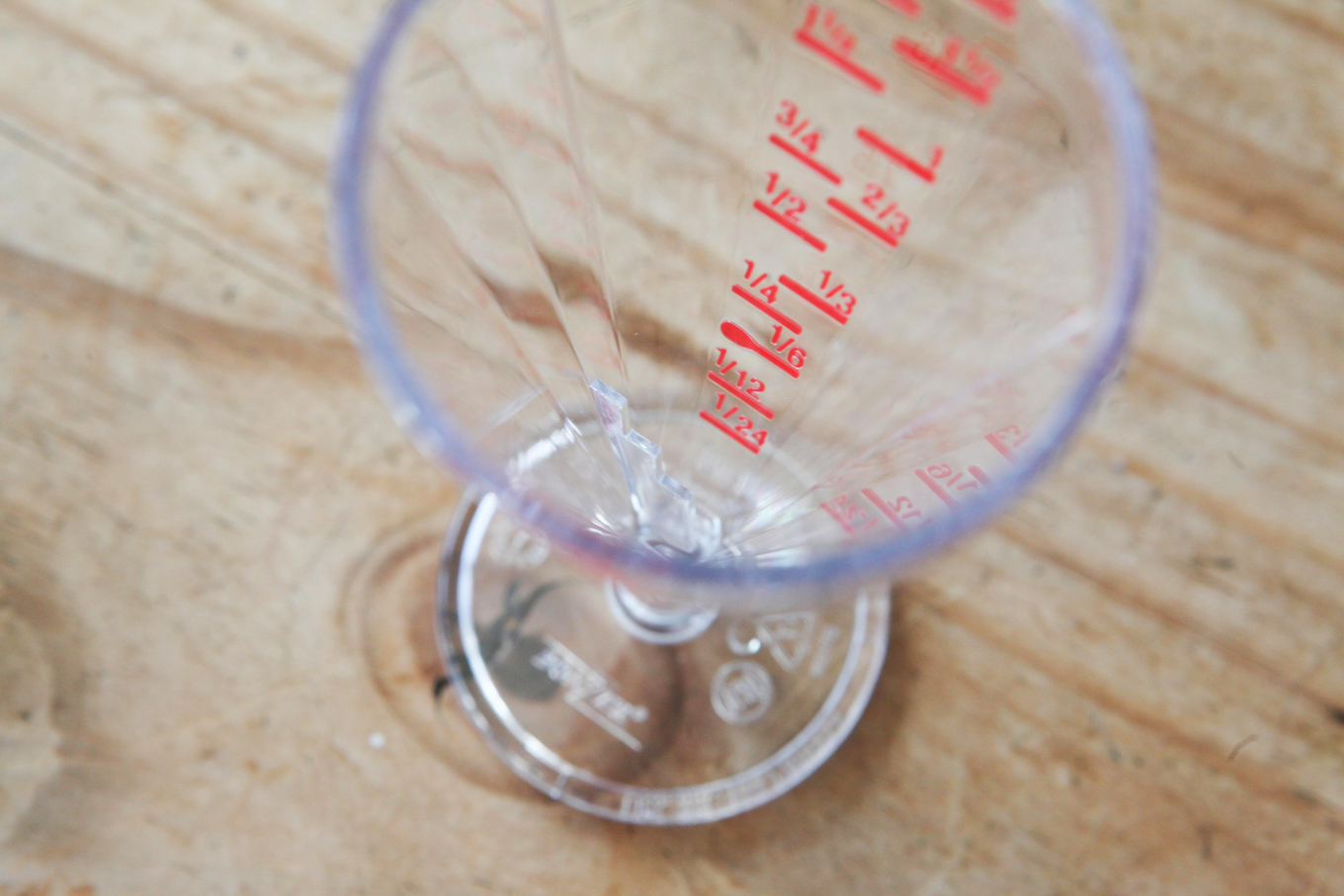Are you a Discerning Drinker?
Join thousands of like-minded professionals and cocktail enthusiasts, receive our weekly newsletters and see pages produced by our community for fellow Discerning Drinkers.

How to measure cocktail ingredients
Words by Simon Difford
Achieving balance between each ingredient is critical to the deliciousness of a finished cocktail. To achieve the perfect balance you need a good recipe and to accurately follow that recipe you need a good measure. Accurate measurement of ingredients is a crucial element in consistently making good cocktails.
The most accurate way of measuring liquids is by weight rather than volume but weighing each ingredient is impractical for cocktail making so cocktail recipes tend to be expressed in fluid ounces or millilitres/centilitres (recipes on this website are all in oz, ml, and cl - simply select your preference below each recipe). Accurate measurement of volume is best achieved by using a specially designed measure called a jigger.
Jiggers
Many cocktail jiggers are double-sided so that turning such measures over reveals a second size of measuring cylinder or cone. The disadvantage of this design is that after one side has been used and then upended it faces down so is likely to drip. Not such a problem with spirits but this can quickly lead to a sticky mess with drips of sugary liqueurs or syrups.
Jiggers with graduated measures allow different volumes to be accurately measured using the same device without the need to upend. That's why we designed our Easy Jigger, which, as the name suggests, is easy to use, measures in millilitres and ounces, and we believe is the most accurate graduated bar jigger available.
Tall skinny measures and jiggers are more accurate than the short squat measures as differences in measures are more exaggerated. Hence, the cone shape of our Easy Jigger which elongates small measures to such an extent that its graduations start at 1.25 ml / 1/24th oz.
Measuring
When using a jigger, be aware of the dome-shaped meniscus created by surface tension. To measure a full measure many jiggers require filling to the brim with the liquid's meniscus (the curve on the surface) appearing as a continuation of the jigger's rim. When pouring to a line on a graduated measure the meniscus should be a continuation of that line. Misjudging the effect of the meniscus could result in an over pour.
Whatever jigger or measuring vessel you use the objective is to end up with the ratio of each ingredient to the other as stipulated in the recipe, so be consistent in your choice of measure and how you use that measure to ensure each ingredient is in proportion to the other.
Free pouring
Some bartenders measure shots by counting time while the liquid pours to estimating the amount of liquid flowing through a bottle's pour spout. This is known as "free-pouring" and unless much practised and perfected, this is very inaccurate. We strongly recommend the use of a jigger and a great deal of care.
Conversion of ml to oz/oz to ml & what's a dash, spoon and shot
Please see cocktail measures and measuring









